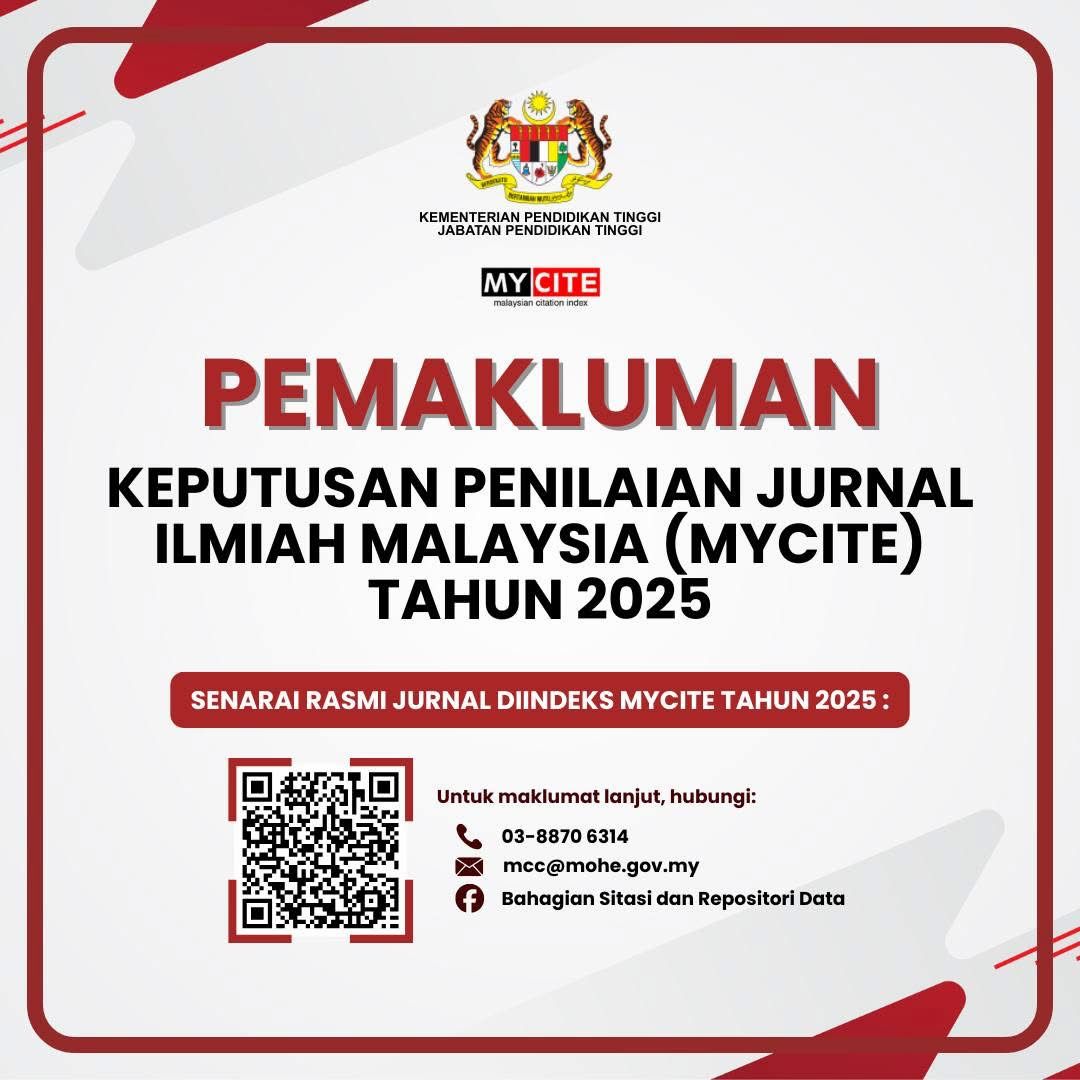Re-imagining the Inait of the Magavau Ritual in Intercultural Music Compositional Process
Membayang Semula Inait Dari Ritual Magavau Dalam Proses Komposisi Muzik Antara-Budaya
DOI:
https://doi.org/10.24191/idealogy.v9i2.431Keywords:
Intercultural music composition, Intercultural composer, Compositional technique, Inait in Magavau Ritual, Kadazan PenampangAbstract
Inait is a long ritual poem that is used in various rituals such as the Magavau ritual from Kadazan ethnic, Penampang, Sabah. Some are chanted, and some are recited in a normal speaking voice. When we listen to it, it has its musical characteristics. As a Western-trained music composer, a question came to my mind. Can the musical characteristics of the inait be retained in a new composition without any changes? Thus, this study is intended to explore the possibilities of composing musical work using the music characteristics found in the inait of the Magavau ritual from the Kadazan Penampang and incorporating Western tonal music. Using Akuno’s CIC Model of Creativity, two (2) musical works are presented with an in-depth discussion of the compositional technique used. Each analysis and commentary of the works discuss inspiration, technical aspects, and musical examples are provided.
Keywords: Intercultural music composition, Intercultural composer, Compositional technique, Inait in Magavau ritual, Kadazan Penampang
References
Benward, Bruce & Marilyn, Saker. (2003). Music in Theory and Practice VOLUME I, Seventh Edition.McGraw-Hill, New York NY, United States.
Hyer, Brian. (2008, March 28). 23 – Tonality. Cambridge University Press. Diakses pada 1 Mei 2023 daripada https://www.cambridge.org/core/books/abs/cambridge-history-of-western-music-theory/tonality/8CA2CCF5615C16D2DA7E24C5DC1259CB#.
Chapman, Jim. (2007). Afro No-Clash - Composing syncretic African / Western music: eleven compositions and the frameworks for their systematic analysis VOLUME 1. (Ph.D. thesis dissertation). Queensland University of Technology, Australia.
Dainal, E. (2019). Re-imagining the Inait of the Magavau in Music Compositional Process. (Unpublished thesis dissertation). University Malaysia Sabah.
Husin, Siti Nur Shahirah. & Tajuddin, Tazul Izan. (2022). Gambus Johor Sustainability: Issues and Challenges. Idealogy Journal, Vol 7, No.2, 2022, p. 131 – 138.
Hussin, H. (2003). Bobohizan dan Peranannya Di Kalangan Masyarakat Kadazan Daerah Penampang, Sabah. Jati, Bilangan 8.
James Carey, R. (2011). Personal communication during music composition class. Universiti Teknologi MARA (UiTM).
Kamien, Roger. (2008). Music: An Appreciation (9th Edition). New York. McGraw Hill Higher Education, USA.
Kilin, Anton. (2012). Master’s Degree Thesis Dissertation: Projects in Cross-Cultural Music Composition. New Zealand School of Music, New Zealand.
Musungu, G.J. (2010) Ph.D. Dissertation: Element of Cross-Cultural Music Composition: The Creation of Esidialo – A Samia Marriage Suite. The University of South Africa.
Ned Columba, Moujing (Rev. Fr). Personal Communication. The Meaning of Bobohizan and English translation of the Ritual Text of Magavau, 3rd Movement. October 05, 2016.
Pugh-Kitingan, Jacqueline. (2012). Kadazandusun: Siri Etnik Sabah. Institut Terjemahan dan Buku Malaysia, Kuala Lumpur.
Sansalu, Dayu. (2002). Tesis Doktor Falsafah: Pendidikan Dan Proses Pemodenan Masyarakat Peribumi Rumpun Dusun Bukan Islam Di Sabah (1881 – 1987). University Malaysia Sabah, Kota Kinabalu, Sabah.
Sintang, Suraya. (2003). Penganutan Agama Islam dan Kristian di Kalangan Masyarakat Kadazandusun di Sabah. Jurnal Usuluddin 18: 59-80.
Willgoss, Richard. (2018). Ph.D. Dissertation: Creativity in Art Music Composition. Sydney Conservatorium of Music, The University of Sydney.
Music Score
Limo Tangon Do Mananom Parai for Piano (2016) by Elvin Dainal
(English translation: Five Stories of Paddy Cultivation for Piano)
Tusak Do Opurak for Flute and Piano (2017) by Elvin Dainal
(English translation: White Flower for Flute and Piano)
Downloads
Published
Issue
Section
License
UiTM Press (the Publisher) has agreed to publish the undersigned author’s paper in Idealogy Journal. The agreement is contingent upon the fulfilment of a number of requirements listed below.
1. The undersigned author warrants that the paper entitled below is original, that it is not in any way libellous or unlawful in Malaysia, that it does not infringe any copyright or other proprietary right. The undersigned hereby represents and warrants that he/she is the author of the paper, except for material that is clearly identified as to its original source, with permission notices from the copyright owners where required. The undersigned represents that he/she has the power and authority to sign and execute this agreement.
2. The undersigned author warrants that the paper entitled below has not been published elsewhere, and also it will not be submitted anywhere else for publication prior to acceptance/rejection by this Journal.
3. By submitting the paper entitled below, the undersigned author agrees to transfer the rights to publish and distribute the paper in an international e-journal (entitled above) to Publisher.
4. The undersigned author agrees to make a reasonable effort to conform to Publisher's submission guidelines and to liaise with the editor to ensure that the requirements of these guidelines are met to a reasonable degree.
5. The corresponding author signs for and accepts responsibility for releasing this material on behalf of any and all coauthors. This agreement is to be signed by at least one of the authors who has obtained the assent of the co-author(s) where applicable. After submission of this agreement signed by the corresponding author, changes of authorship or in the order of the authors listed will not be accepted.




